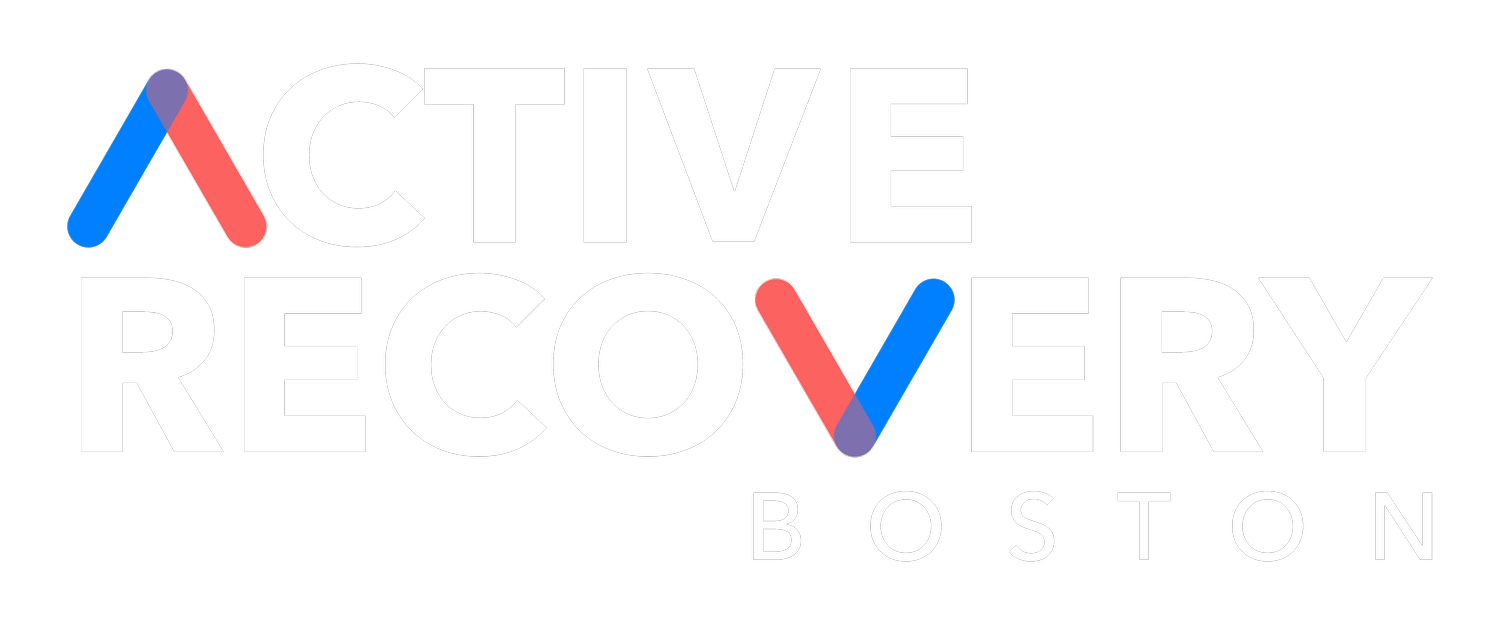Injuries to tendons, ligaments, and bones are all too common, particularly for athletes and those with active lifestyles. While injured bones can often heal within six to eight weeks, tendons and ligaments tend to take much longer to recover. In this blog post, we'll explore the reasons why tendons and ligaments heal so slowly in comparison to bone fractures and discuss how Dr. Kelly and her team at Active Recovery Boston can help you get back on your feet faster.
Anatomy of Tendons & Ligaments: Understanding the Basics
To better understand why these tissues heal differently, it's important to first learn about their structure and function in the human body.
Tendons: Tendons are tough bands of fibrous connective tissue that connect muscles to bones. They play an essential role in transmitting forces from muscles to bones, allowing us to move our limbs.
Ligaments: Ligaments are strong bands of connective tissue that link bones together at joints, providing stability and preventing excessive movement.
Factors Contributing to Slower Healing of Tendons & Ligaments
Several factors contribute to the slower healing process of tendons and ligaments compared to bones. Among these factors are:
1. Poor Blood Supply
Tendons and ligaments have a limited blood supply compared to bones, which means that they receive fewer nutrients and oxygen needed for the healing process. This results in a slower recovery time for these tissues.
2. Collagen Remodeling
Both tendons and ligaments are primarily composed of collagen, a protein that provides strength and flexibility. When these tissues are injured, the body needs to produce new collagen to repair the damage. However, collagen remodeling is a complex and slow process that takes longer than bone healing.
3. Inflammation & Scar Tissue
Inflammation is a natural response to injury but can also prolong the healing process for tendons and ligaments. Unlike bones, these soft tissues are more prone to developing scar tissue during the recovery phase, which can further impede their healing.
How Dr. Kelly & Her Team at Active Recovery Boston Can Help
At Active Recovery Boston, we understand the challenges associated with tendon and ligament injuries and are dedicated to helping our patients recover as quickly as possible. Our team uses evidence-based approaches to treat these injuries effectively. Here's how we can help:
1. Personalized Treatment Plans
We recognize that every patient's injury is unique, so we create personalized treatment plans tailored to your specific needs. This ensures that you receive the most appropriate care for your condition.
2. Chiropractic Sports Therapy & Rehabilitation
Our skilled doctors and rehab specialists will develop a customized rehabilitation program designed to promote healing, restore function and minimize the risk of re-injury. This may include exercises to improve strength, flexibility and balance, as well as manual therapy techniques such as Active Release Technique, PEMF, Shockwave Therapy or Dry Needling to reduce pain and inflammation.
Schedule a Consultation at Active Recovery Boston
If you're struggling with a tendon or ligament injury that's taking longer than expected to heal, don't hesitate to reach out to our team at Active Recovery Boston. To schedule a consultation, please call us at 617-423-3370 or visit our website today. Located in the center of Franklin, MA we are committed to providing expert care in a compassionate and professional environment.

